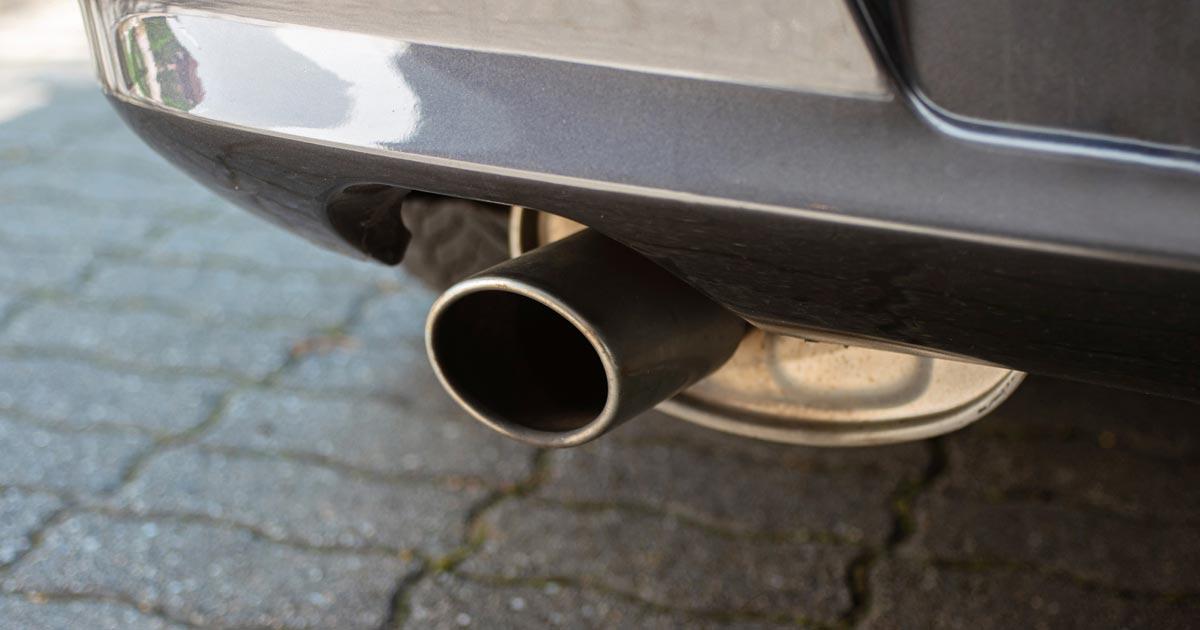
Why Are Thieves Stealing So Many Catalytic Converters?
The local paper offered up this vague headline last week, “Car Part Thefts Up in Henderson in 2021, Police Say.” Most readers likely passed over the article. But, in the time it takes to read the piece, a half dozen catalytic converters can be stolen.
“It actually takes an individual who’s committing these offenses about three seconds really to slide up underneath the car and saw off a catalytic converter and they’re out,” police chief Thedrick Andres said in a livestream last month warning residents about the issue, Sabrina Schnur of the Las Vegas Review-Journal reported. “It’s almost impossible for us to have an officer in every neighborhood that can prevent that.”
Back in December the LVRJ’s Glenn Puit quoted Sean McGuigan of Red Rock Repair: “I would say over the last four months there has been a definite spike in catalytic converter thefts. Basically they are being taken in the middle of the night, from the cars that (thieves) can access, high-tech sport utilities, then they are resold on the scrap market.”
The public’s desire for cleaner air has placed catalytic converters on every new vehicle. Thieves don’t care about clean air, they steal the parts for the platinum, rhodium, and palladium.
“I don’t get how they are getting away with it, but it is happening,” Chad Sims of Supreme Automotive Warehouse told Puit. “Now it has moved into little rural towns in Southern Utah—St. George, Cedar City. It is something big.”
Statistics don’t capture the extent of the problem because victims don’t report the thefts. Not even to their insurance carriers. The cost to repair is often under a policy deductible and drivers with only liability coverage wouldn’t be covered anyway.
Rick Rule told Real Vision viewers, “Nobody of any age in any country is particularly fond of smog.” And, if you think everyone will be driving a Tesla or another EV (electric vehicle) right away, guess again. By Mr. Rule’s reckoning, “internal combustion engines will be with us for 30 or 35 years.”
Rich societies can afford to insist on cleaner air, thus, $150 worth of PGMs (platinum group materials) “enables the automakers to sell a car for $50,000 or $60,000,” says Rule.
A doubling or tripling of the price of these metals won’t raise the price of cars at all. Inelasticity in the extreme.
So, if thieves are working overtime to steal these metals, why aren’t miners working just as hard? There are only three countries PMGs can be mined in any quantity: South Africa, Zimbabwe, and Russia, not cauldrons of laissez-faire capitalism.
In fact, as Rule points out, there is much discussion of nationalizing the mines in South Africa. “In a circumstance like that,” Rule said, “the shareholders are unwilling to put sustaining capital investments in the mines and unwilling to open new mines. The mines get more and more neglected and more and more long of tooth. The management substitutes labor, which is cheap[,] for capital, which is dear, which they might not own.”
The youth unemployment rate in South Africa is 70 percent, so hiring more workers is popular, but, the workers are unskilled, unproductive, and “because they’re not allowed to employ much capital, are very, very, very inefficient. You’re substituting labor for capital there. The labor force needs to be paid more, but they’re unproductive so they can’t be paid for.”
South African labor needs to employ more capital, but they can’t because mining companies are afraid to provide the capital. These same companies need to open new mines as well, along with providing sustaining capital investments in the existing mines. But why would they, when they’re not sure who’s going to own the mines?
So, US car owners are being preyed upon by thieves, because South African mine owners are being preyed upon by their government.




